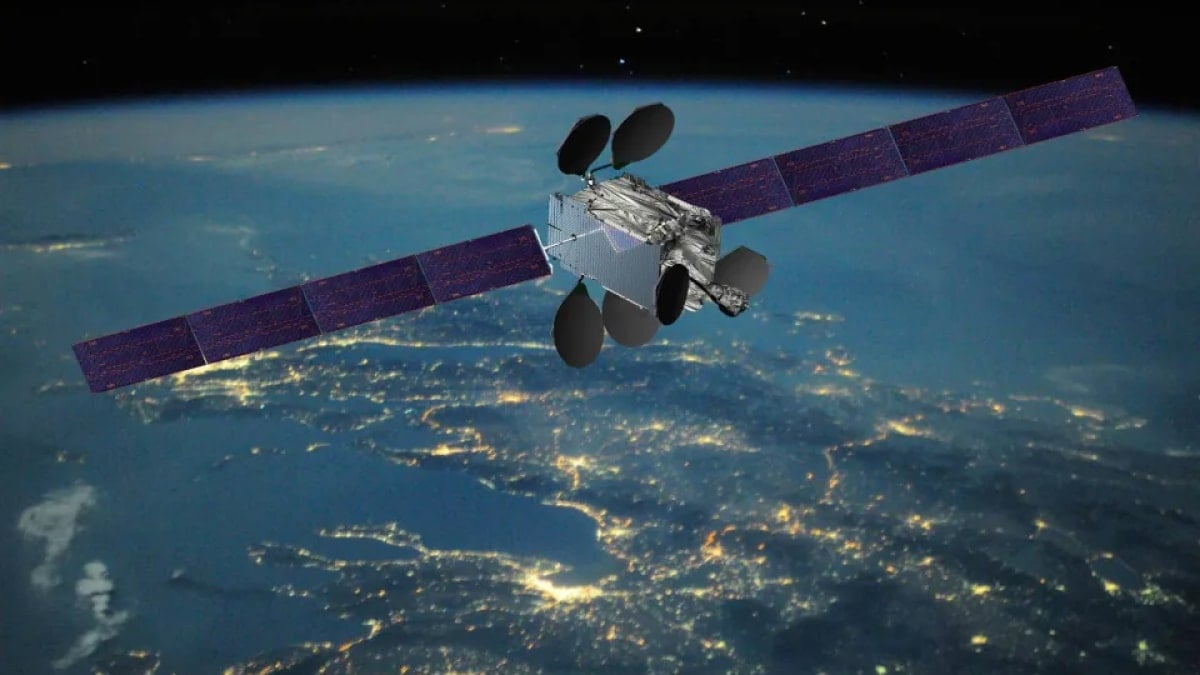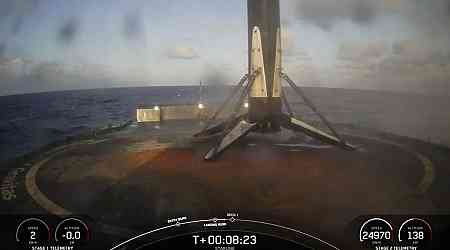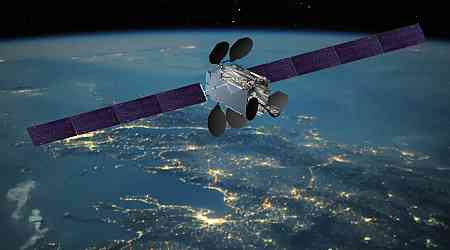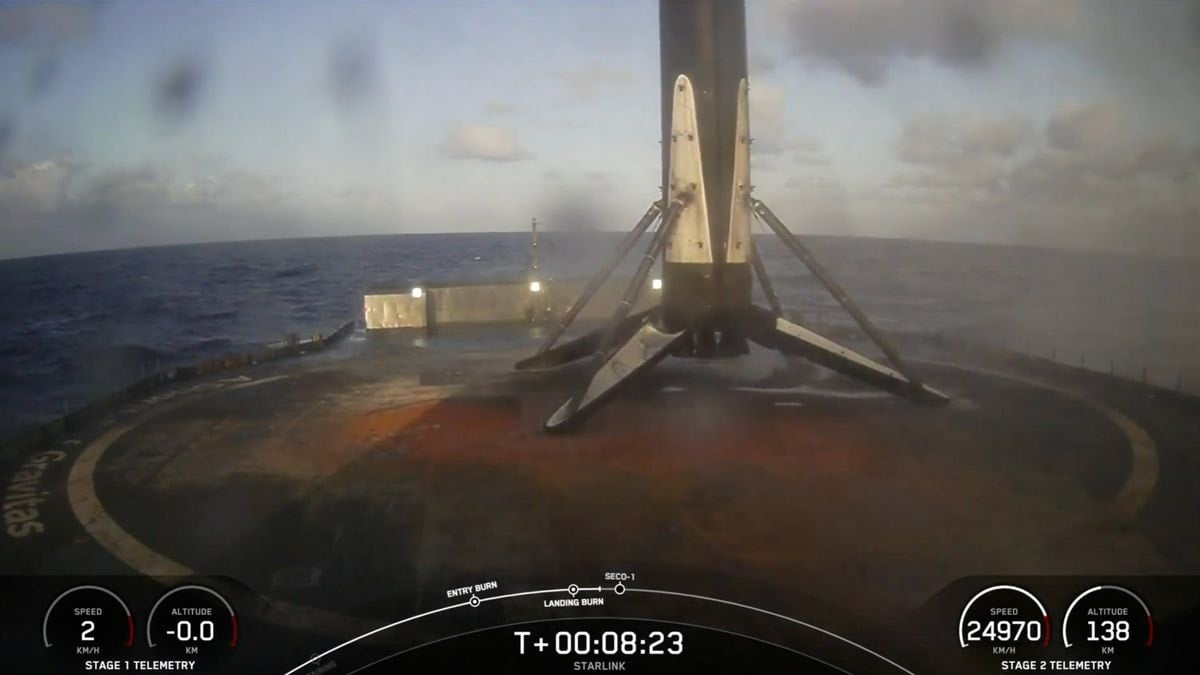Boeing's Intelsat 33e, a large communications satellite, unexpectedly broke apart in orbit over the weekend, creating at least 20 pieces of space debris. The satellite, which provided broadband communication services to regions across Europe, Africa, and Asia, was operating from a geostationary orbit above the Indian Ocean before it stopped functioning on 19 October 2024. Intelsat, the satellite's operator, confirmed the total loss of the satellite on 21 October 2024. Currently, the cause of the satellite's disintegration remains unknown.
Intelsat 33e Breakdown and Debris
The U.S. Space Force confirmed that the Intelsat 33e satellite had shattered into at least 20 pieces of debris, though there is no immediate threat from the fragments at present. Intelsat representatives stated that they are coordinating with Boeing, the satellite's manufacturer, and government agencies to determine the exact cause of the malfunction. A Failure Review Board has been established to conduct a detailed analysis of the incident.
Boeing's Satellite Platform Under Scrutiny
Launched in 2016, Intelsat 33e was part of Boeing's EpicNG platform, designed as a next-generation satellite to provide enhanced communication capabilities. However, this is the second failure in the platform's line-up, following the malfunction of Intelsat 29e, which also faced issues after being hit by a possible micrometeoroid or solar storm. These incidents have reduced the anticipated 15-year lifespan of these satellites, raising concerns about the platform's reliability.
Growing Space Debris Problem
The disintegration of Intelsat 33e contributes to the increasing problem of space debris. Over 30,000 pieces of large debris are currently tracked by space agencies, with many smaller pieces remaining unmonitored. Various proposals to tackle the space junk issue have been suggested, including using nets, clawed robots, and tethers to clean up orbiting debris.
































